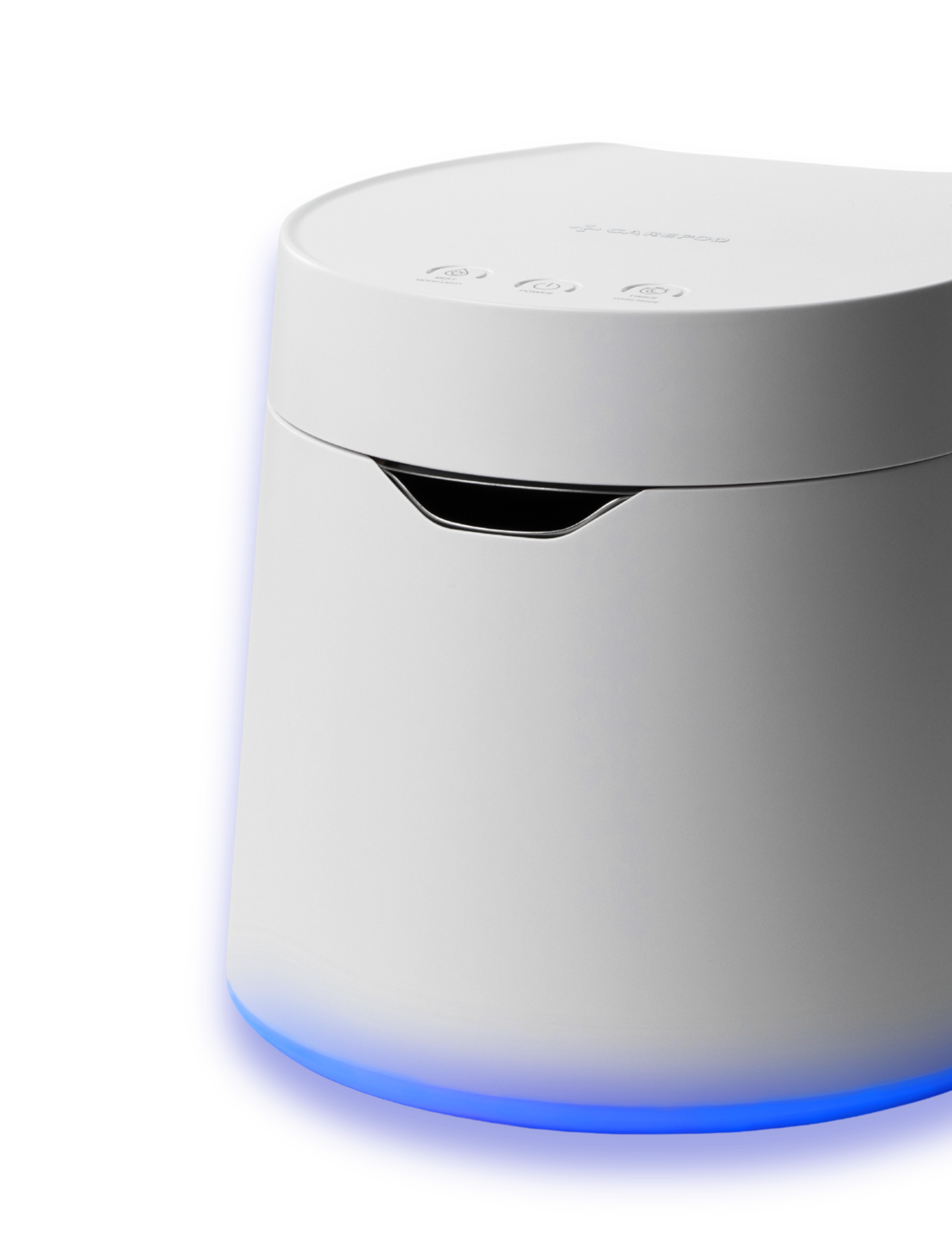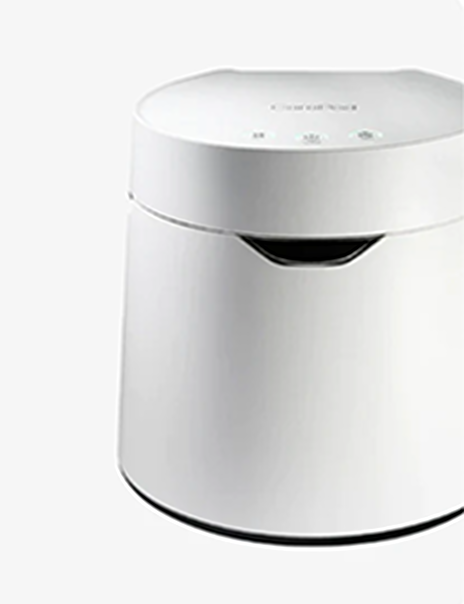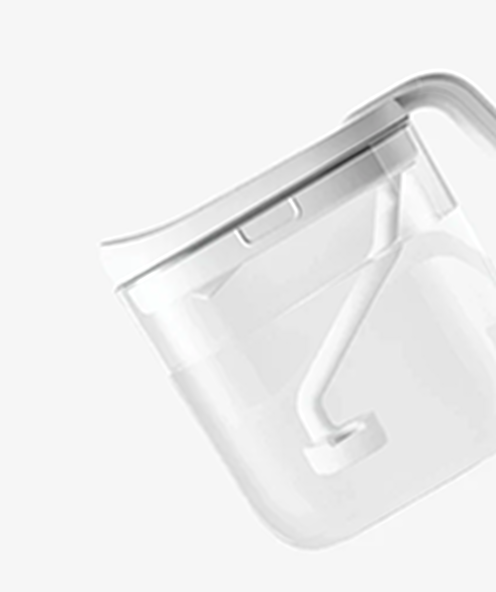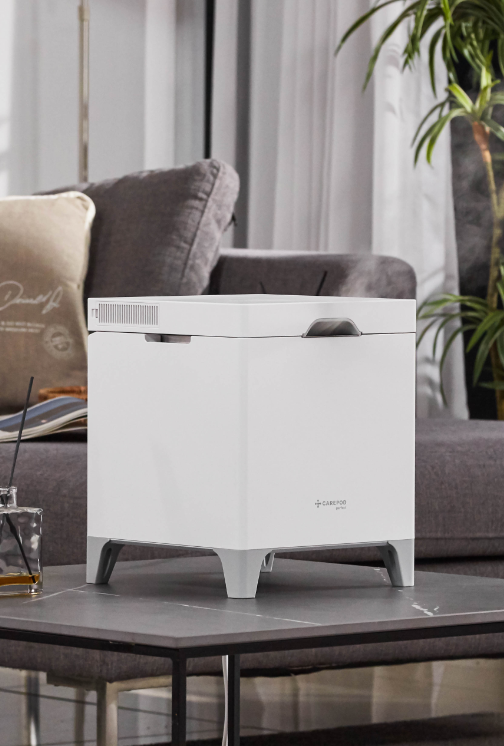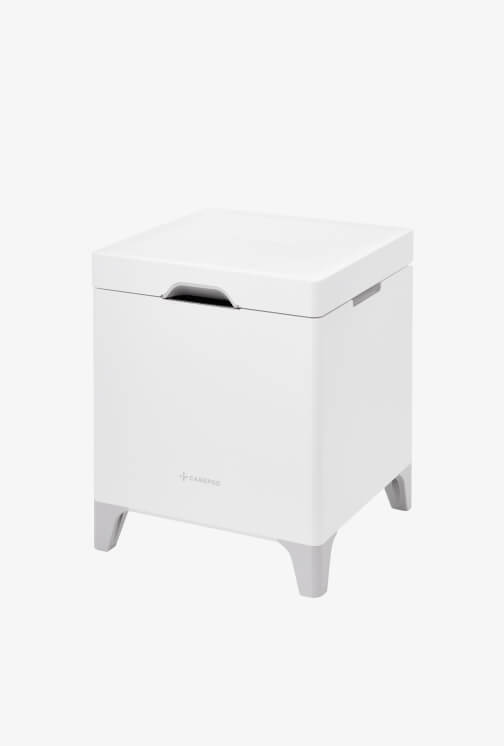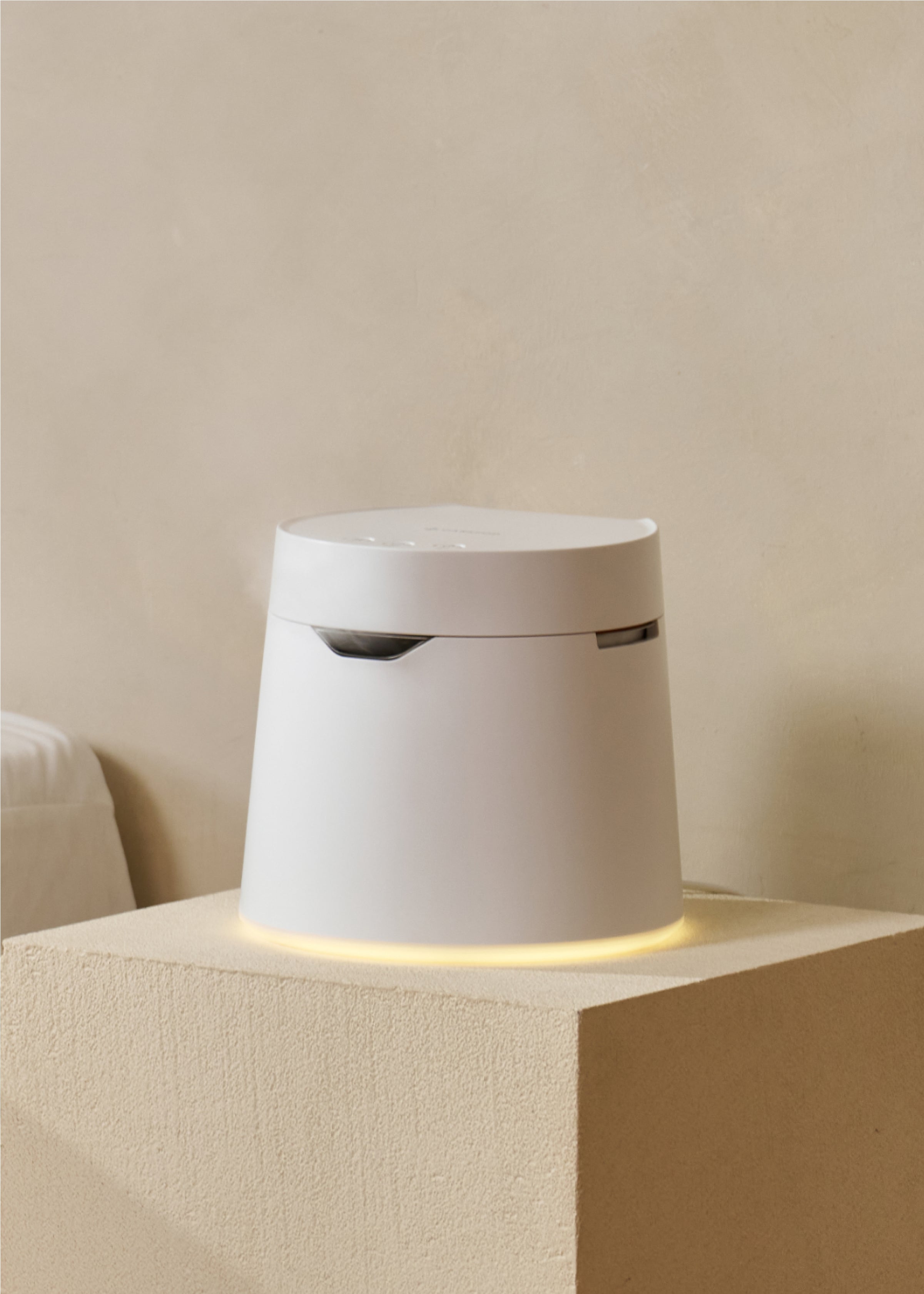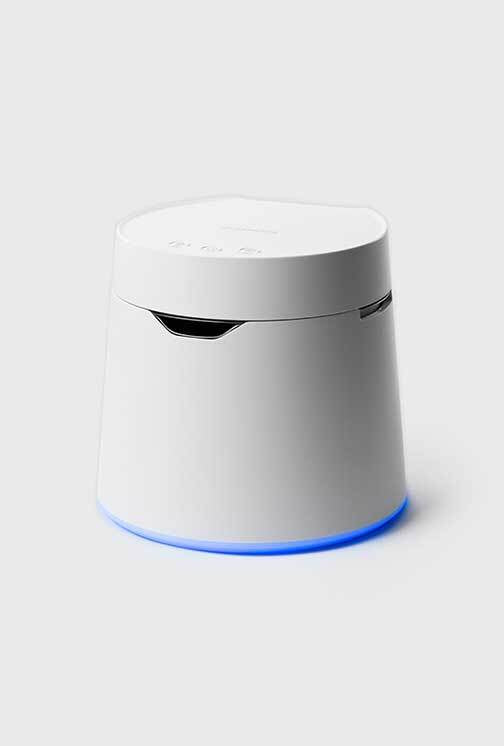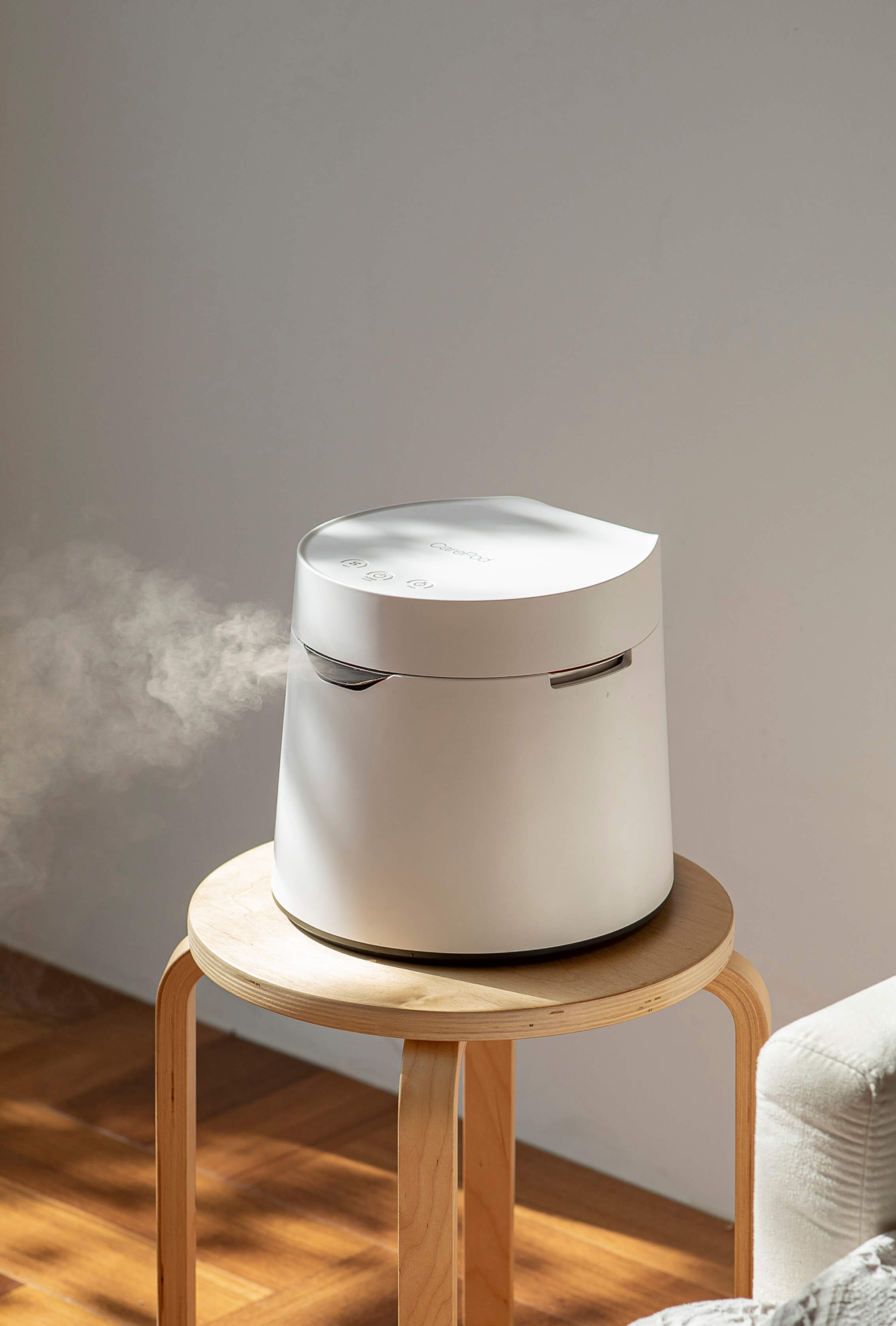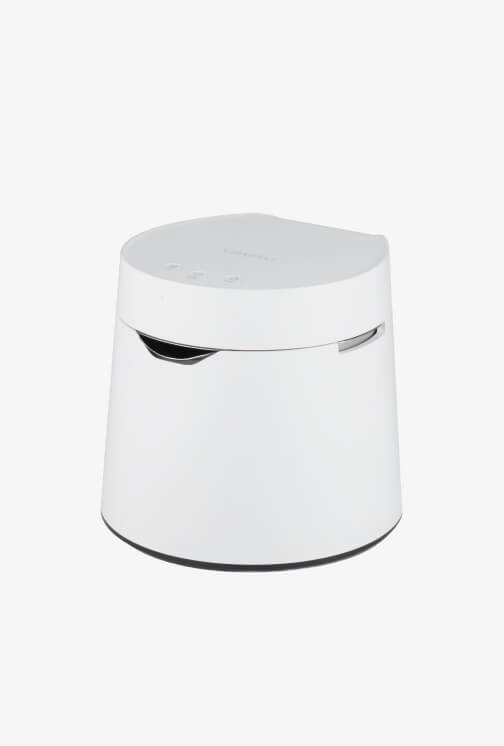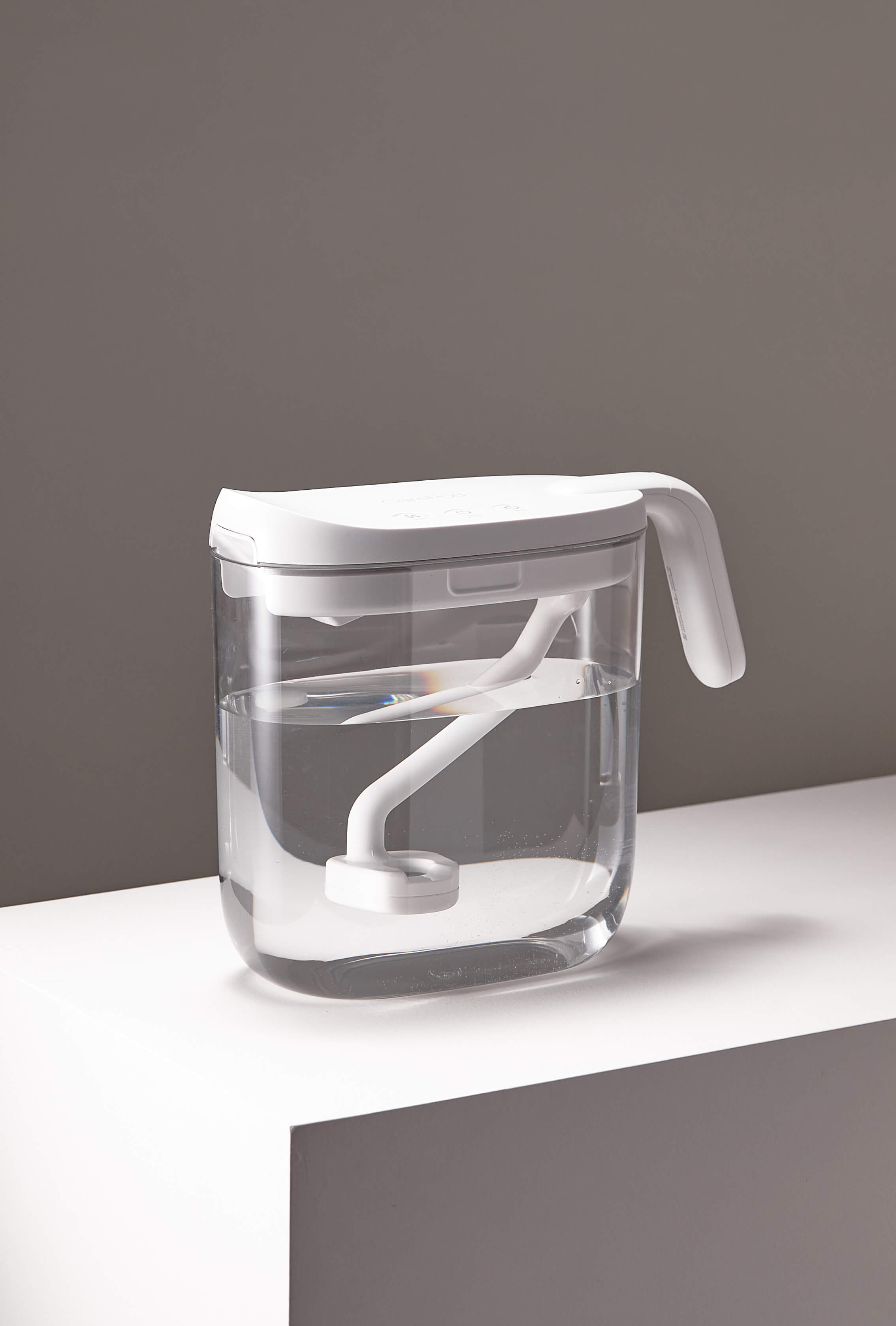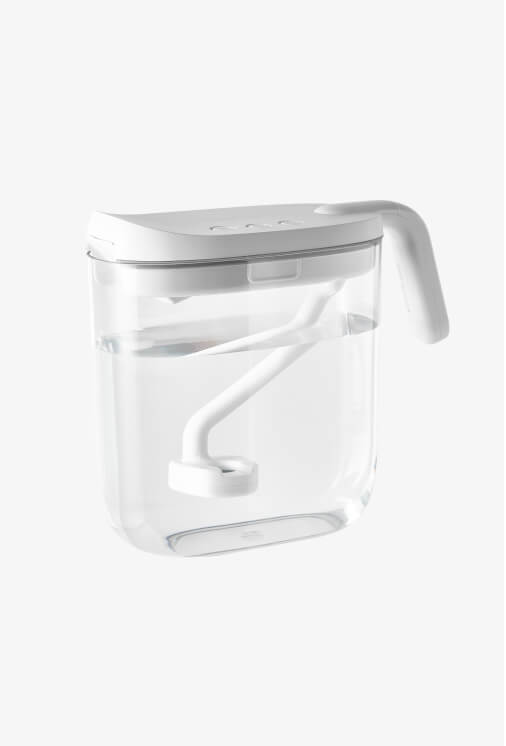7 Doctor-Recommended Remedies for Dry Eye Relief

Dry eyes are more than just a mild irritation. They can disrupt daily life, making it hard to focus, work, or relax. Whether caused by dry air, extended screen time, or aging, finding relief is crucial. Thankfully, there are practical remedies to alleviate discomfort and protect your eyes.
Here are seven effective strategies to keep your eyes hydrated and healthy.

1. Use a Humidifier
Dry indoor air is a common trigger for dry eyes, especially during colder months when heating systems reduce humidity levels. Studies show that adding more humidity to the air can help prevent tears from evaporating too quickly, relieving dry eyes.
Using a humidifier is a simple way to add much-needed moisture back into your environment, supporting healthy tear production and overall eye comfort. When choosing a humidifier, consider a doctor-invented option like Carepod, designed with health and safety in mind—an excellent choice for combating dry indoor air.
2. Practice Conscious Blinking Exercises
Excessive screen time contributes to dry eyes by reducing blink frequency, which prevents the tear film from properly hydrating the eye's surface. Regular blinking is essential for maintaining a healthy tear film and ensuring proper eye lubrication.
What to Do: Every 20 minutes, close your eyes normally for 2 seconds, then squeeze your eyelids together tightly for 2 seconds, and open them. Repeat this sequence 5–10 times to stimulate tear production and ensure complete blinks.
Dr. Lauren Zimskind, an ophthalmologist, recommends performing blinking exercises three times per day, particularly when staring at a computer screen, to help alleviate dry eye symptoms.

3. Apply a Warm Compress
Using a warm compress can help stimulate the oil glands in your eyelids, improving tear quality and supporting a stable tear film. These meibomian glands, located along the eyelid rims, secrete oils that slow tear evaporation and keep your eyes hydrated.
When these glands become blocked, a condition known as Meibomian Gland Dysfunction (MGD), it can lead to evaporative dry eye disease, a frequent source of discomfort. Mild MGD typically causes occasional dryness, often triggered by factors like air conditioning, screen time, or seasonal changes.
How to Do It: Soak a clean washcloth in warm water, wring it out, and gently place it over your closed eyes for 5-10 minutes. Repeat this daily for the best results. Alternatively, consider purchasing a warm eye compress from your local pharmacy or store. These reusable options are specifically designed to maintain consistent heat and can be more convenient for regular use.
4. Wear Protective Eyewear
Exposure to wind and harsh sunlight can worsen dry eyes by accelerating tear evaporation. Protective eyewear can help create a barrier to environmental irritants, retaining moisture and reducing dryness.
Doctors recommend wearing moisture chamber glasses, which seal around the eyes to block wind and dry air to reduce tears from evaporating the ocular surface. Similarly, wraparound sunglasses shield against wind and sunlight, helping to retain moisture and ease dry eye discomfort.

5. Use Artificial Tear Drops
Over-the-counter lubricating eye drops are a quick and convenient solution for relieving dry eyes, offering immediate hydration and soothing discomfort. Doctors often recommend preservative-free drops, as they are gentler on the eyes and safe for frequent use without the risk of irritation.
When selecting eye drops, it's best to avoid redness-reducing formulas, as they may provide temporary relief but can exacerbate dryness with prolonged use. For long-term comfort, pair eye drops with other remedies like a humidifier to address the underlying causes of dry eyes.

6. Adjust Your Diet
Your tears consist of multiple layers, each playing a vital role in protecting and nourishing your eyes. The outermost oily layer, which prevents tears from evaporating too quickly, benefits significantly from omega-3 fatty acids. Studies show that increasing your omega-3 intake can improve tear production and reduce inflammation associated with dry eyes.
To incorporate more omega-3s into your diet, consider fatty fish like salmon, mackerel, and sardines, which are rich in DHA and EPA—the most beneficial types for eye health. For plant-based options, flaxseeds, chia seeds, and walnuts provide ALA, another important form of omega-3s.

7. Stay Hydrated
Proper hydration is essential for overall health and can significantly impact tear production and eye comfort. Doctors recommend drinking enough water throughout the day to ensure your body, including your eyes, remains adequately hydrated. Dehydration can reduce tear production, exacerbating dry eye symptoms.
Aim for at least 8 glasses (about 2 liters) of water daily, or adjust based on your activity level and climate. Foods with high water content, like cucumbers, watermelon, and oranges, can also help support hydration.
Conclusion
By incorporating these doctor-recommended remedies into your daily routine, you can effectively combat dry eye discomfort and protect your eye health.
Whether it’s using a humidifier, practicing blinking exercises, or adjusting your diet, these simple yet impactful strategies offer long-term relief and promote healthier, hydrated eyes.
If symptoms persist, consider consulting an eye care professional for personalized treatment options. Your eyes are vital to your well-being—take the steps today to keep them comfortable and thriving.
